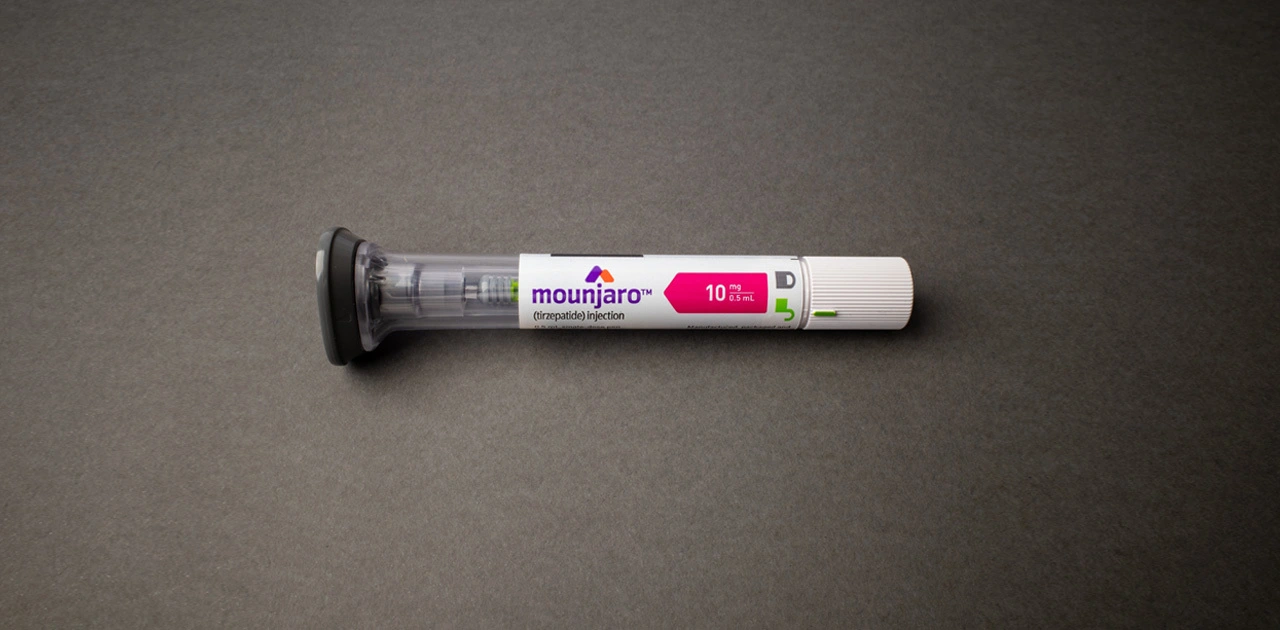A hair transplant can be a life-changing experience, helping individuals regain not only their hair but also their self-confidence. But the success of the procedure doesn’t just depend on the surgeon’s expertise—it also relies heavily on the patient’s post-operative care. Proper aftercare ensures that the transplanted hair follicles grow strong, heal correctly, and deliver natural-looking, long-lasting results. Whether you’re considering a Hair Transplant in Islamabad or have recently undergone the procedure, knowing what to do—and what to avoid—is essential.
In this guide, we’ll walk you through the critical dos and don’ts after a hair transplant, especially tailored for those opting for Hair Loss Treatment Islamabad.
The First Few Days: A Critical Healing Window
The initial 72 hours after the procedure are crucial. During this time, the newly transplanted hair follicles are extremely delicate and vulnerable to damage. How you care for your scalp in this period can significantly affect the outcome of the treatment.
Dos After a Hair Transplant
1. Follow Your Surgeon’s Instructions Carefully
Your doctor will provide specific post-operative guidelines tailored to your individual case. These instructions may include details on how to sleep, how to wash your hair, and which medications to take. Adhering to these instructions is vital for proper healing.
2. Keep Your Head Elevated
For the first few nights, sleep with your head elevated at a 30 to 45-degree angle using extra pillows. This helps reduce swelling and minimizes fluid accumulation around the forehead and eyes.
3. Use Prescribed Medications
Take any antibiotics, painkillers, or anti-inflammatory medications as prescribed. These help manage discomfort, reduce the risk of infection, and speed up healing.
4. Stay Hydrated and Eat Nutrient-Rich Foods
Proper hydration and a balanced diet rich in vitamins (especially B-complex, iron, zinc, and biotin) promote tissue regeneration and support healthy hair growth.
5. Wash Gently After the Recommended Period
Most doctors advise washing your scalp after 48–72 hours, using a gentle shampoo and cool water. Pat dry with a soft towel—do not rub or scratch.
6. Limit Physical Activity
Avoid strenuous activities for at least a week to prevent increased blood flow and sweating, which can affect graft survival.
7. Protect Your Scalp from Sun Exposure
Wear a loose hat if you need to go outside, especially in direct sunlight. UV rays can damage the healing scalp and negatively impact graft survival.
8. Stay Consistent with Hair Loss Treatment Islamabad Plans
To maximize and maintain your results, continue any recommended non-surgical treatments such as PRP therapy, minoxidil, or finasteride as guided by your hair restoration expert.
Don’ts After a Hair Transplant
1. Don’t Touch, Scratch, or Rub the Transplanted Area
The grafts need time to firmly anchor into the scalp. Any pressure or friction can dislodge them, leading to failed results or infection.
2. Avoid Smoking and Alcohol
Both smoking and alcohol impair blood circulation and healing, increasing the risk of complications. Refrain from both for at least 7–10 days post-surgery.
3. Do Not Wash Your Hair Too Soon
Washing your hair before the recommended time frame can damage the grafts and increase the risk of infection. Always follow your surgeon’s advice on when to begin washing.
4. Avoid Hair Products and Styling Tools
For the first few weeks, skip gels, sprays, or styling tools like hairdryers and straighteners. These products can irritate the scalp and disturb healing.
5. Don’t Wear Tight-Fitting Headgear
Avoid tight caps, helmets, or anything that puts pressure on the scalp. Loose hats made of breathable fabric are recommended if you need head coverage.
6. Don’t Swim or Use Saunas
Swimming pools contain chlorine, and saunas create excessive heat and moisture—both of which are harmful to the healing process. Avoid for at least 3–4 weeks.
7. Avoid Haircuts or Color Treatments
Hold off on trimming, dyeing, or chemically treating your hair until your surgeon confirms that the scalp has fully healed, usually after a month or more.
What to Expect in the Weeks Following the Procedure
It’s normal to experience some shedding of the transplanted hair in the first 2–3 weeks. This is called “shock loss” and is a temporary phase where the hair falls out but the follicles remain in place. New hair growth typically begins around the 3rd to 4th month, with noticeable improvement by the 6th month and full results visible within 9–12 months.
Long-Term Aftercare and Maintenance
To preserve and enhance the results of your hair transplant, it’s recommended to:
-
Continue medications as advised (such as minoxidil or finasteride)
-
Schedule regular follow-ups with your hair transplant surgeon
-
Maintain a healthy lifestyle, including diet and exercise
-
Avoid chronic stress, which can trigger hair loss
If you’re receiving your Hair Loss Treatment in Islamabad, consult with your clinic about supplementary treatments like PRP therapy or low-level laser therapy, both of which can stimulate regrowth and boost transplant success.
Common Mistakes to Avoid
-
Ignoring signs of infection or inflammation: Redness, pus, or increasing pain should be immediately reported to your surgeon.
-
Expecting instant results: Hair transplants take time. Be patient with the process.
-
Going to unqualified practitioners: Post-operative success starts with choosing the right clinic and surgeon from the beginning.
Final Thoughts
Recovering from a hair transplant is a journey that requires patience, discipline, and proper care. The days and weeks following the procedure are crucial in determining the long-term success of your hair restoration. By following the dos and avoiding the don’ts, you increase your chances of enjoying thick, natural hair that lasts for years.
For those seeking the most trusted care for Hair Loss Treatment Islamabad, SKN Cosmetics clinic stands out as a leader in hair restoration. With expert surgeons, advanced techniques like FUE and PRP, and personalized follow-up care, they ensure your hair transplant journey is smooth, effective, and results-driven. Whether you’re just starting to explore your options or looking for post-operative support, SKN Cosmetics provides the expertise and commitment you need for exceptional outcomes.



